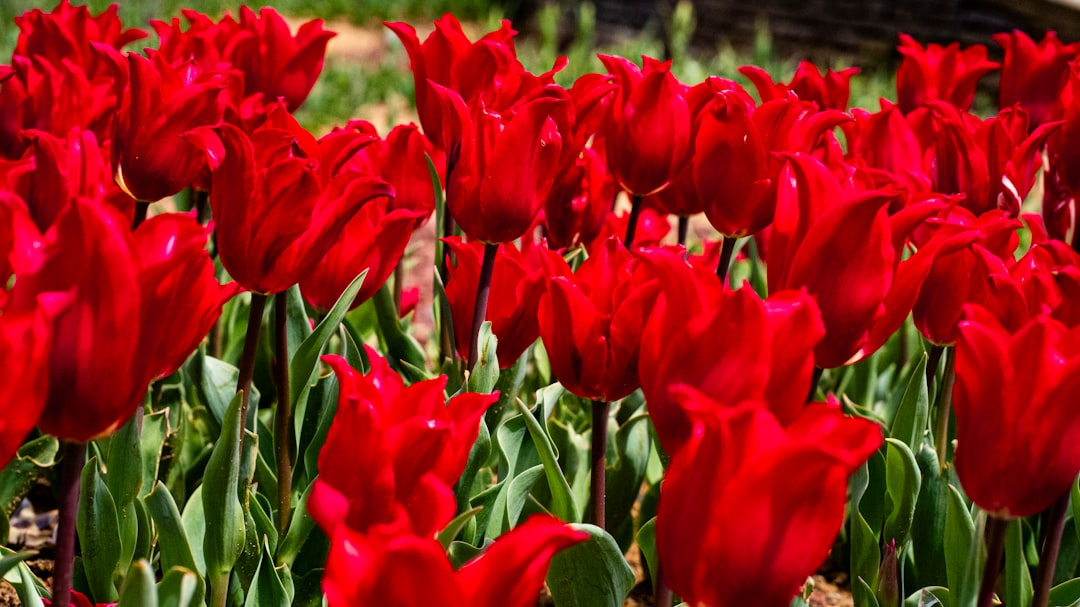
When it comes to creating a vibrant and enchanting garden, few flowers can rival the delicate beauty of baby blue eyes. These low - growing cool - season annuals are a true gem, with their dainty blue - and - white flowers that seem to twinkle like stars in the garden bed.
Baby blue eyes, scientifically known as Nemophila menziesii, are native to the western United States. They thrive in cooler temperatures, making them an ideal choice for early spring or fall gardening. One of the first things to consider when growing baby blue eyes is the location. These flowers prefer partial shade, especially in regions with hot summers. A spot under a tree or on the east - facing side of a building can provide the perfect amount of sunlight and protection from the harsh afternoon sun.
Soil preparation is crucial for the healthy growth of baby blue eyes. They like well - drained, fertile soil. Before planting, it's a good idea to work in some organic matter, such as compost or aged manure. This not only enriches the soil but also improves its drainage. You can test the soil's drainage by digging a small hole and filling it with water. If the water drains within an hour or two, the soil is suitable for baby blue eyes. If it takes longer, you may need to add some sand or perlite to improve the drainage.
When it comes to planting, baby blue eyes can be started from seeds. You can sow the seeds directly into the garden bed in early spring, as soon as the soil can be worked. Scatter the seeds lightly over the prepared soil and then gently rake them in. Keep the soil moist until the seeds germinate, which usually takes about 7 - 14 days. If you prefer, you can also start the seeds indoors 6 - 8 weeks before the last frost date. This gives the plants a head start and allows you to transplant them into the garden when the weather is more favorable.
Watering is an important aspect of caring for baby blue eyes. These plants need consistent moisture, but they don't like to be waterlogged. Water the plants deeply once or twice a week, depending on the weather conditions. During hot and dry periods, you may need to water more frequently. However, make sure the soil has a chance to dry out slightly between waterings to prevent root rot.
Fertilizing baby blue eyes can help them grow and bloom more profusely. Use a balanced, water - soluble fertilizer every 4 - 6 weeks during the growing season. Follow the instructions on the fertilizer package for the correct dosage. Over - fertilizing can lead to excessive foliage growth at the expense of flowers, so it's important not to go overboard.
Deadheading is another essential tip for keeping baby blue eyes looking their best. As the flowers fade, simply pinch or cut them off at the base of the stem. This not only makes the plant look neater but also encourages the production of new flowers. By removing the spent flowers, the plant can focus its energy on producing more blooms instead of setting seeds.
Baby blue eyes are generally pest and disease - resistant. However, they can sometimes be affected by aphids or powdery mildew. To prevent aphid infestations, you can spray the plants with a strong stream of water to knock the aphids off. For powdery mildew, make sure there is good air circulation around the plants and avoid overhead watering. If the problem persists, you can use an organic fungicide.
In conclusion, baby blue eyes are a wonderful addition to any garden. With their charming blue - and - white flowers and relatively easy care requirements, they can bring a touch of elegance and color to your outdoor space. By following these essential tips for planting, watering, fertilizing, and maintaining baby blue eyes, you can enjoy a beautiful display of these delicate flowers throughout the cool - season months.
Whether you're a seasoned gardener or just starting out, baby blue eyes are a great choice. They can be planted in flower beds, borders, containers, or even used as a ground cover. Their low - growing habit makes them perfect for edging paths or filling in small spaces. So, why not give baby blue eyes a try in your garden this year and experience their unique beauty for yourself?
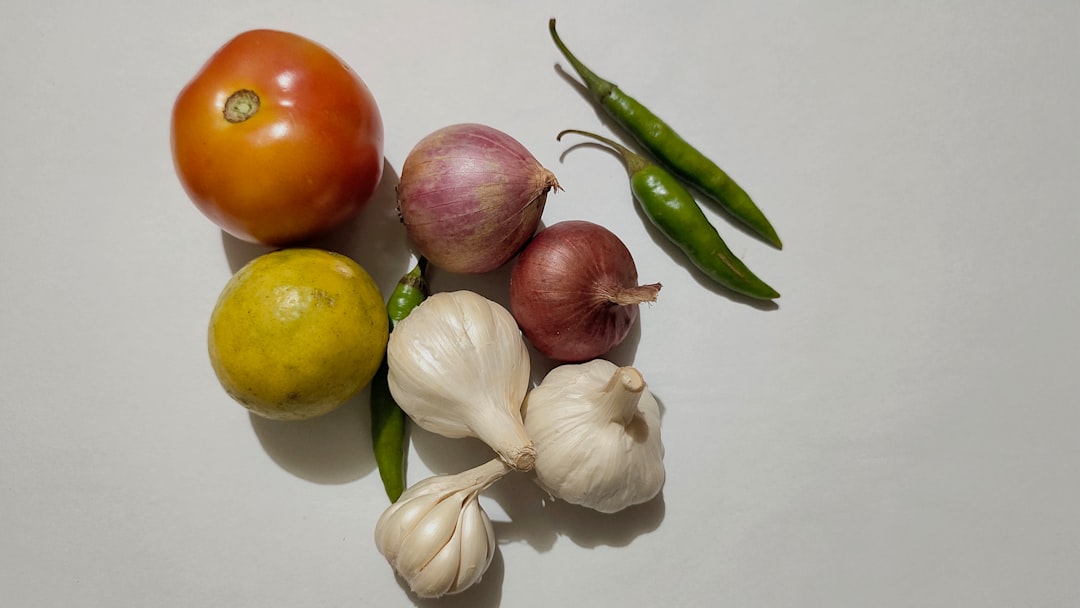
Unleashing the Beauty of Rhododendrons: Pruning Secrets
Unleashing the Beauty of Rhododendrons: Pruning Secrets
The Art of Selecting Trees by Shape
The Art of Selecting Trees by Shape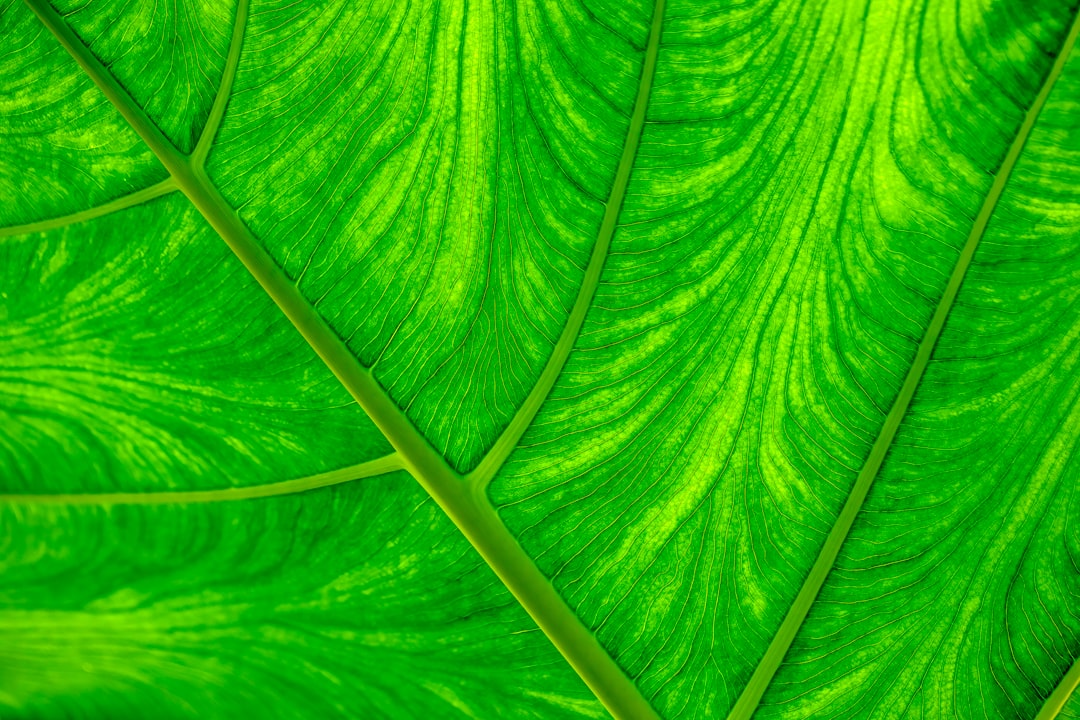
Unleash the Tropical Magic: Cultivating Foxtail Palms
Unleash the Tropical Magic: Cultivating Foxtail Palms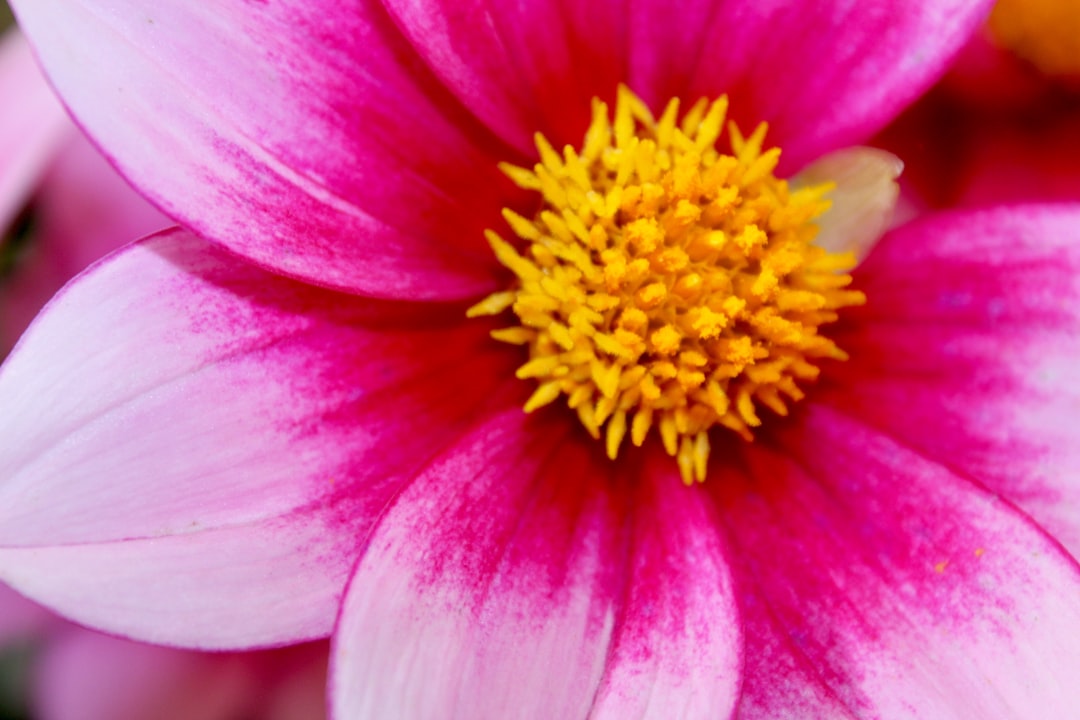
Unveiling the Secrets of Sycamore Growth
Unveiling the Secrets of Sycamore Growth
Transform Your Yard with Decorative Rocks and Stones
Transform Your Yard with Decorative Rocks and Stones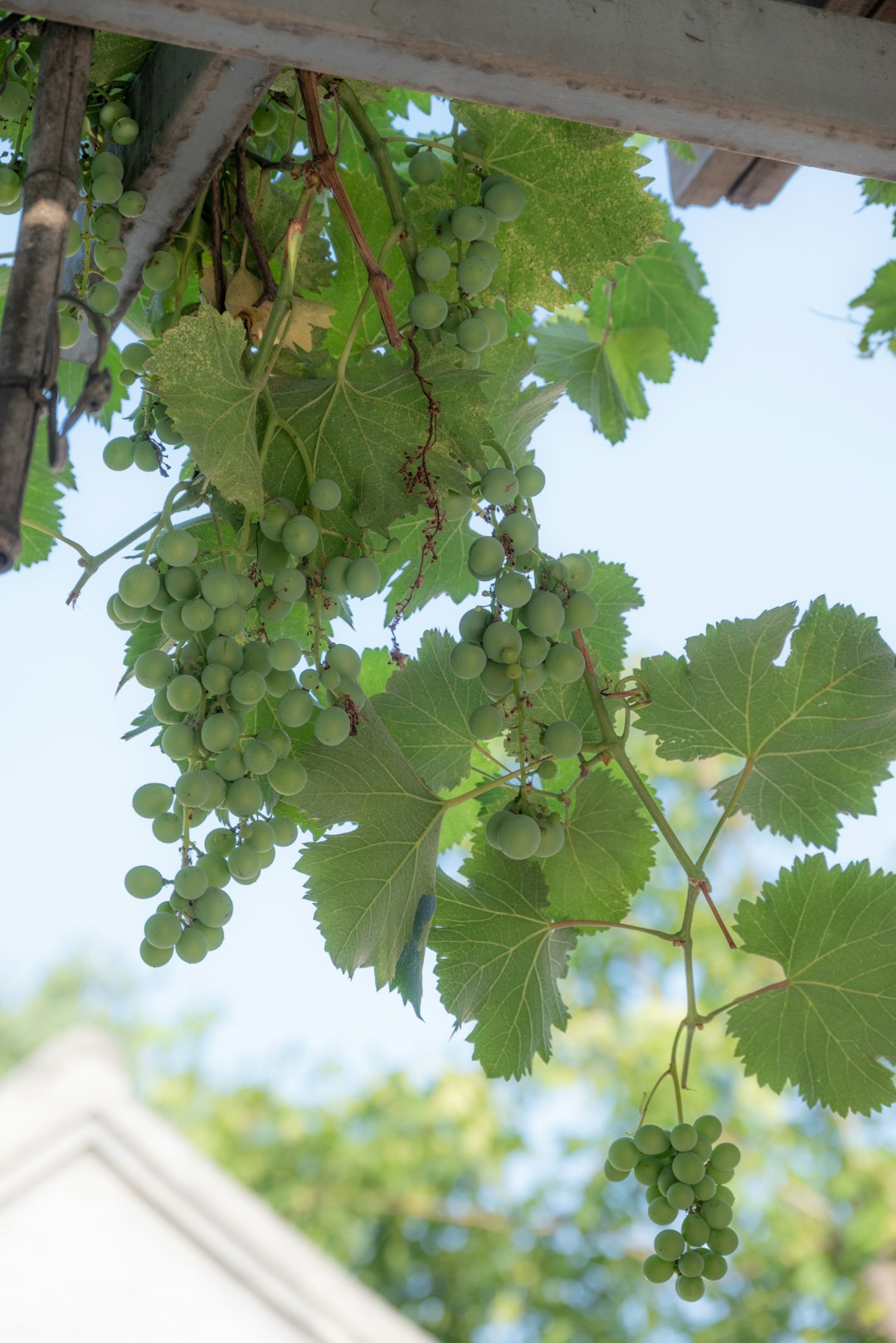
Transforming Slopes with Hardy Floral Beauties
Transforming Slopes with Hardy Floral Beauties
Summer's Floral Magic: Transforming Your Garden
Summer's Floral Magic: Transforming Your Garden
Unveiling the Charms of Baby Blue Eyes in Your Garden
Unveiling the Charms of Baby Blue Eyes in Your Garden
The Smart Guide to Perennial Gardening: Avoiding Troubles and Opting for Better Choices
The Smart Guide to Perennial Gardening: Avoiding Troubles and Opting for Better Choices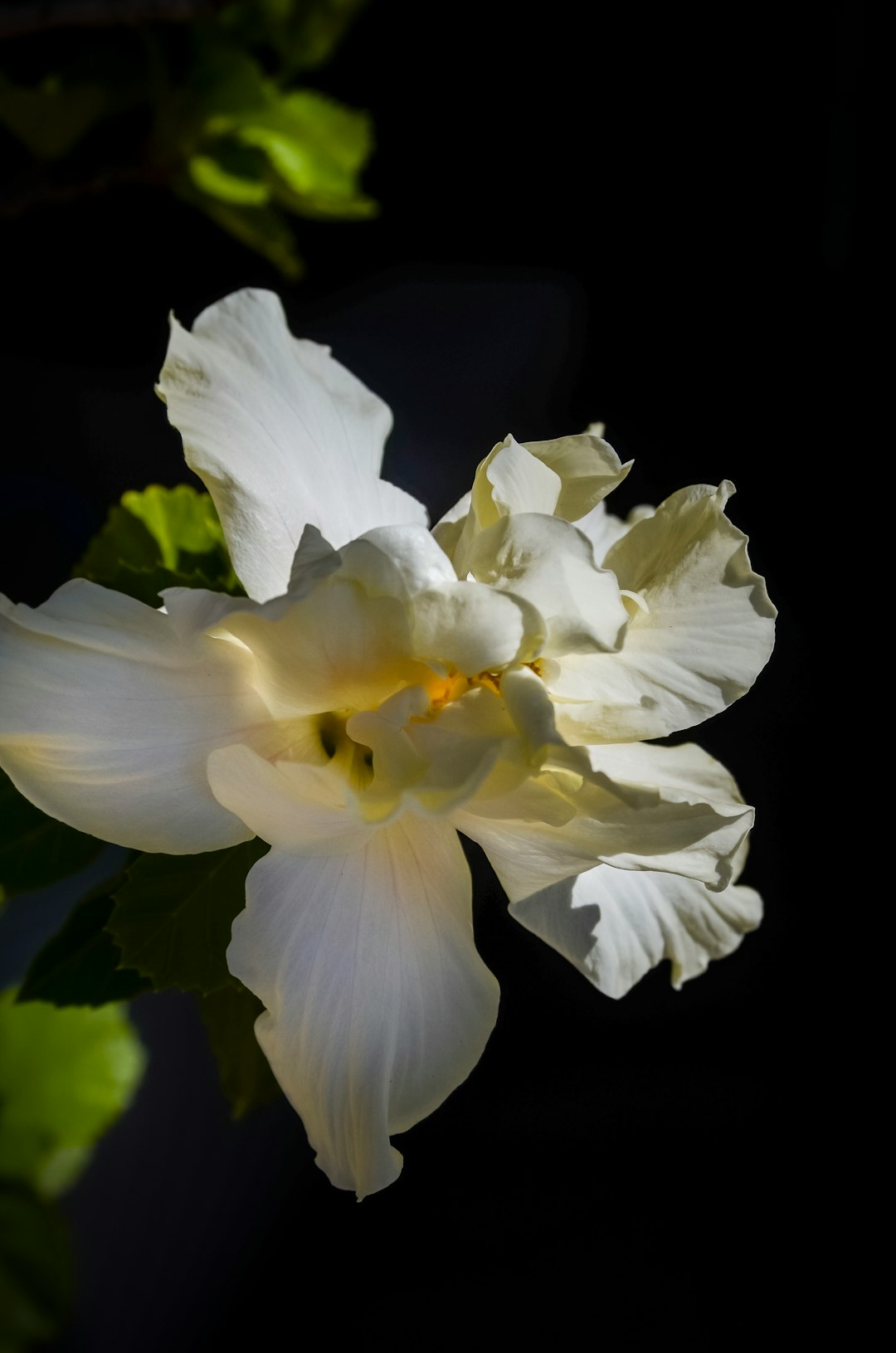
The Secret to a Festive Holiday with Poinsettias
The Secret to a Festive Holiday with Poinsettias
Conquering the Unwanted Guests in Your Yard
Conquering the Unwanted Guests in Your Yard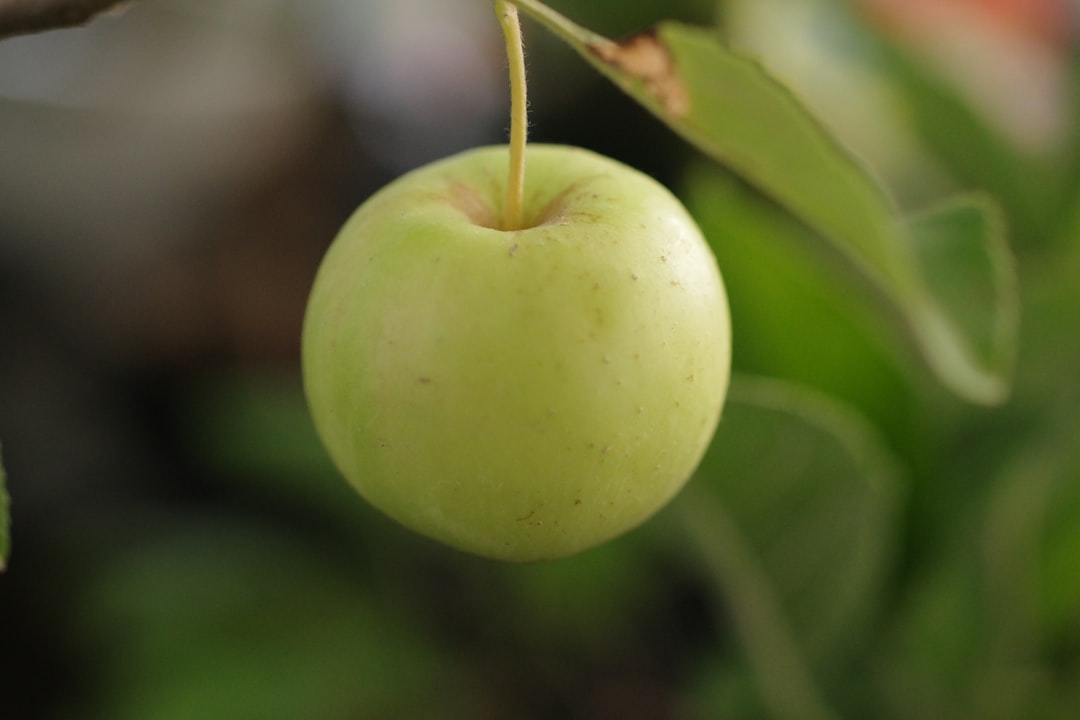
Banishing Raccoons from Your Garden: A Comprehensive Guide
Banishing Raccoons from Your Garden: A Comprehensive Guide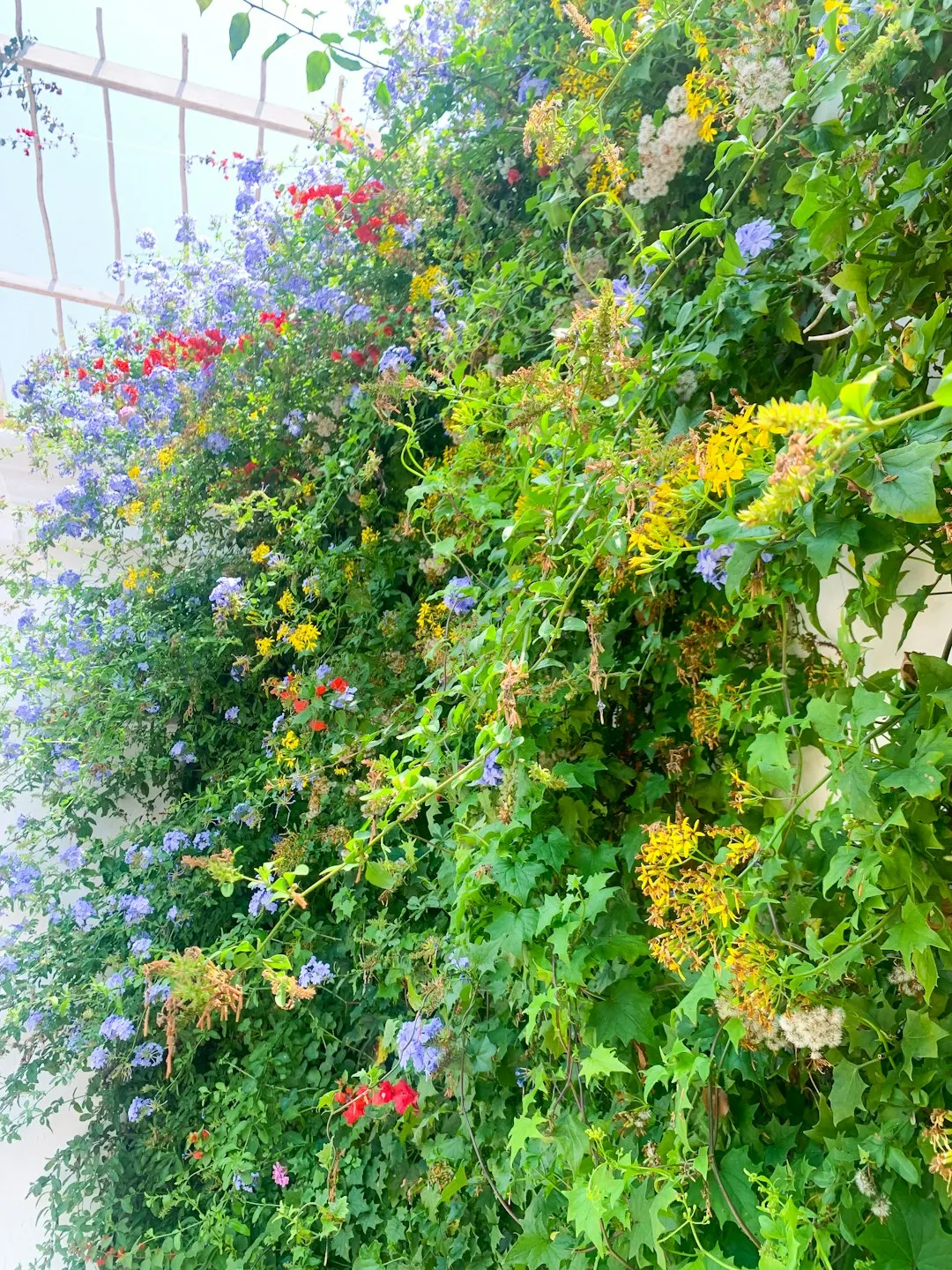
The Hidden Dangers of Using Bleach in Your Garden
The Hidden Dangers of Using Bleach in Your Garden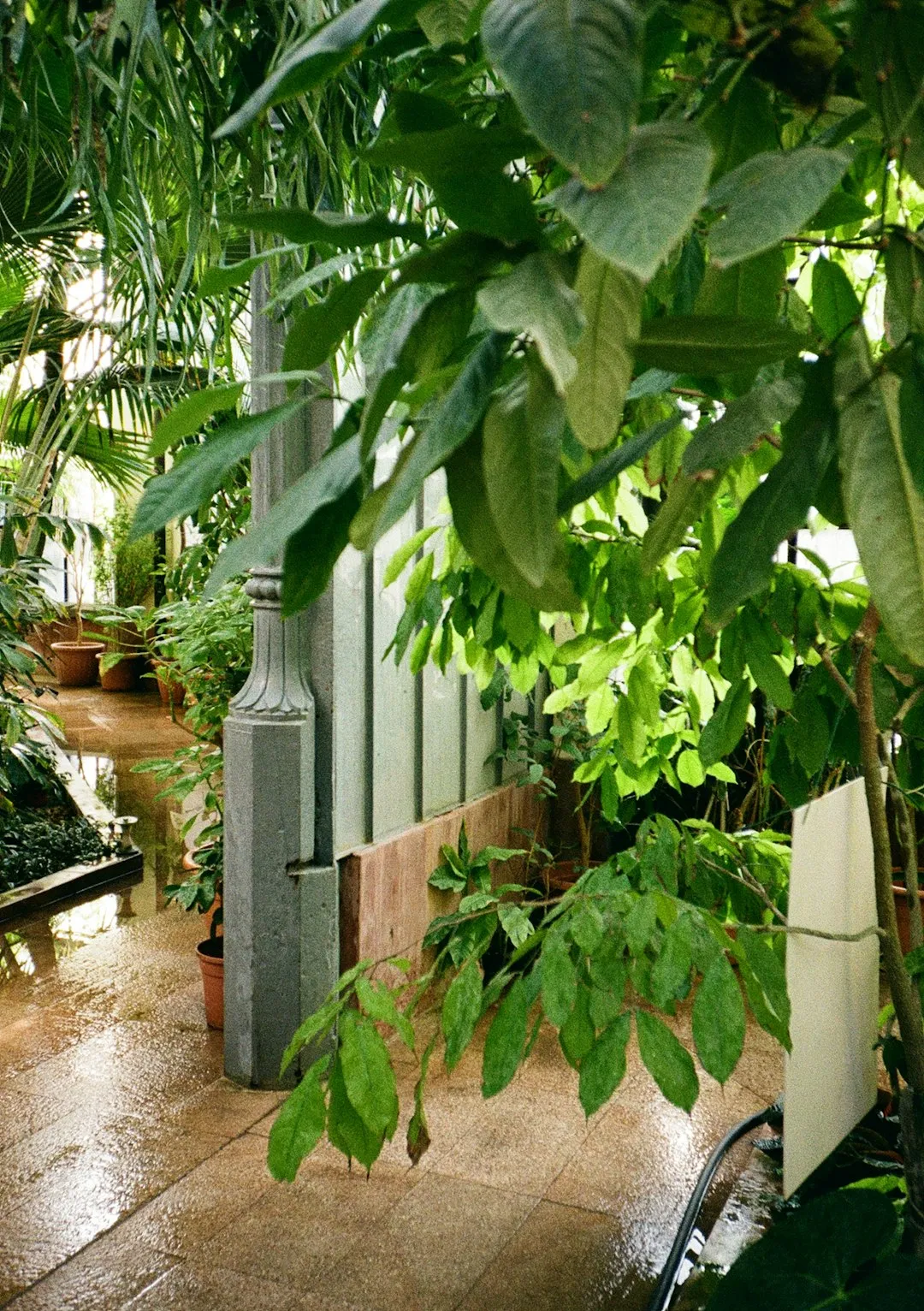
Defending Your Garden from Furry Invaders
Defending Your Garden from Furry Invaders
The Secret Weapon Against Garden Powdery Mildew
The Secret Weapon Against Garden Powdery Mildew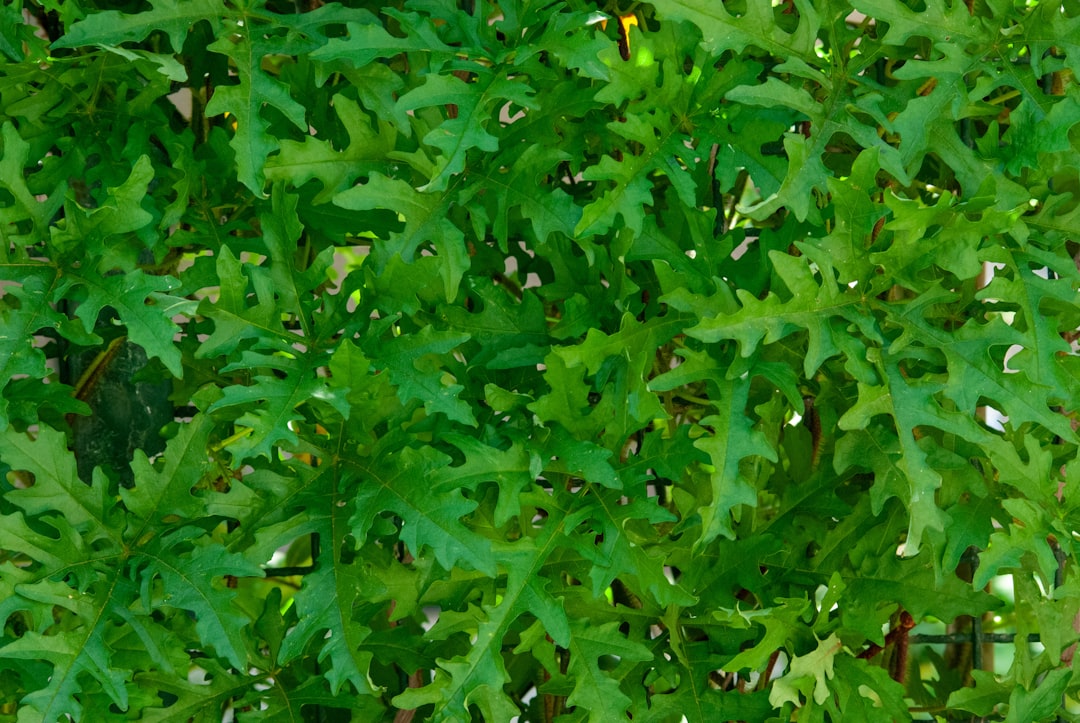
Transform Your Yard into a Romantic Oasis
Transform Your Yard into a Romantic Oasis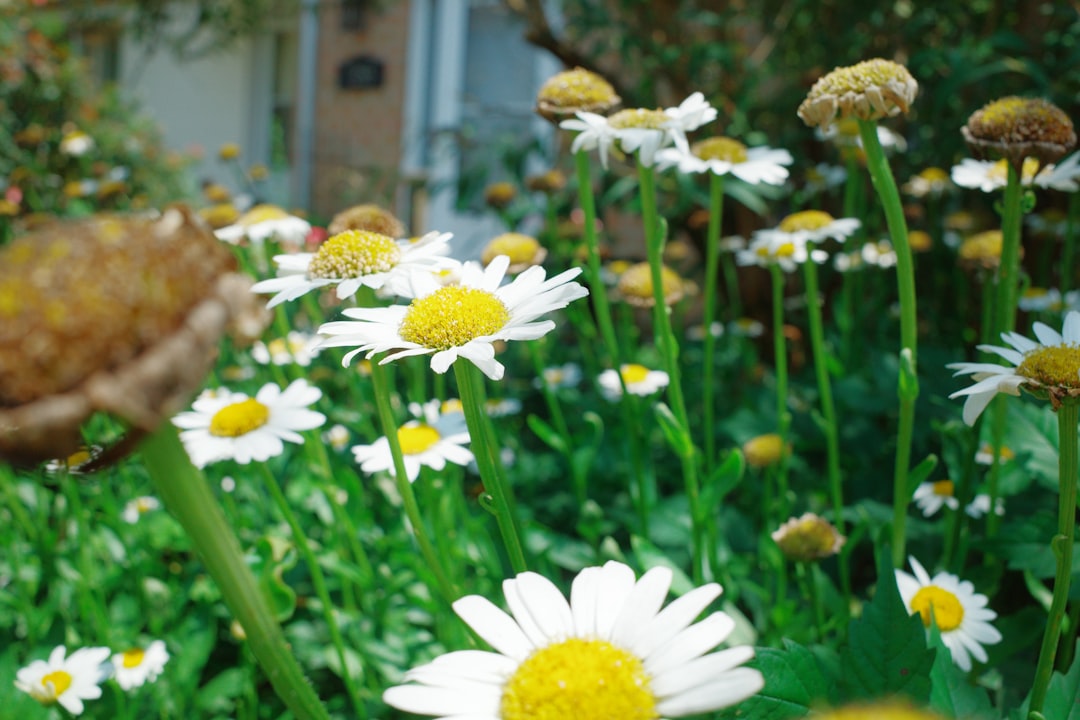
Transform Your Home's Look with Effortless Garden Designs
Transform Your Home's Look with Effortless Garden Designs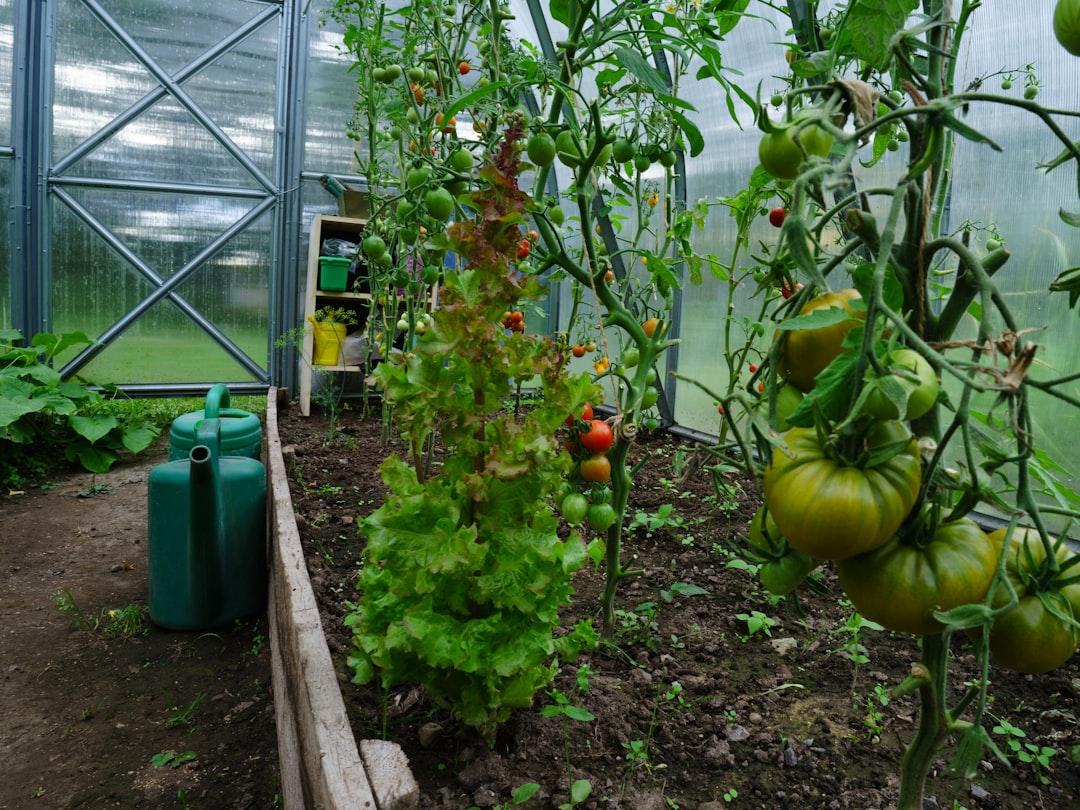
Unleashing the Magic of Okra: A Heat - Loving Garden Gem
Unleashing the Magic of Okra: A Heat - Loving Garden Gem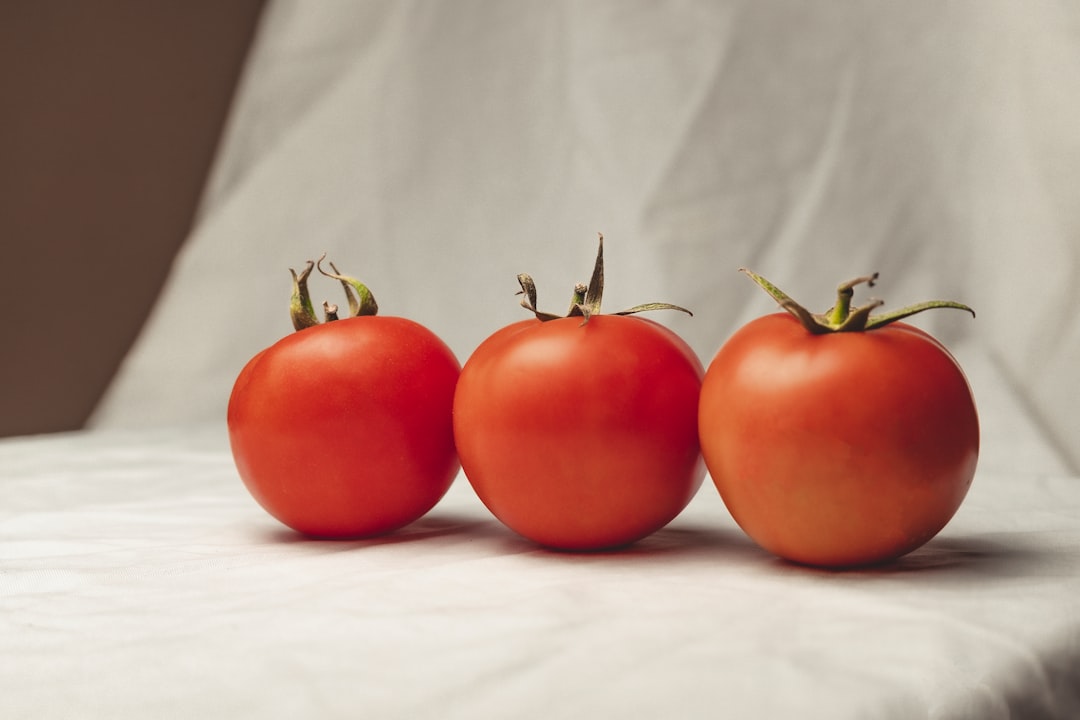
Unleashing the Secrets of Rosemary Harvesting
Unleashing the Secrets of Rosemary Harvesting
Prolong Your Veggie Harvest: The Magic of Floating Row Covers
Prolong Your Veggie Harvest: The Magic of Floating Row Covers